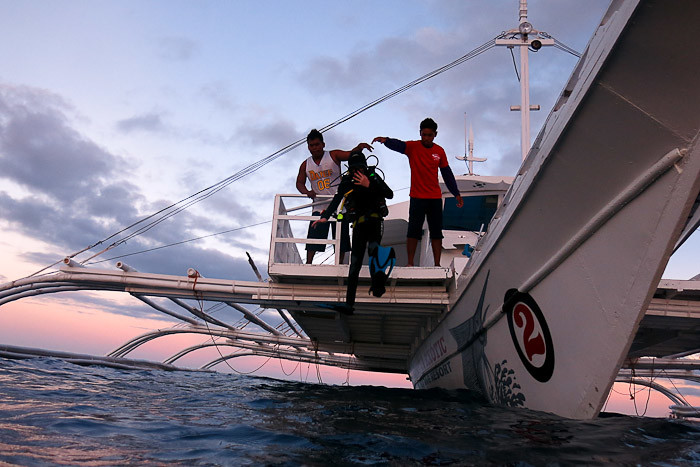Why Every Parent Who Dives Should Do a Rescue Course
It’s easy to over-hype any form of diver training, particularly the ones that PADI provides – CMAS covers several of the skills PADI teaches in its Rescue Course during its Open Water (1*) course, and all of them during its Advanced Open Water (2*) course.
Still, assuming that, like most of the world, you learned to dive under PADI’s rather less demanding system, a PADI Rescue Course is incredibly helpful in making you a better, safer diver.
And, just as I’d recommend an Outdoor First Aid course to any parent doing adventure travel with their spawn, I’d recommend a rescue course to any parent who’ll be diving with their kids. At least once you have enough non-training dives under your weightbelt to make it worthwhile.
I did my rescue course to recover from diver trauma after my son’s near-accident in the Blue Hole, because the best way to get back into the water is to be confident that you have the skills to handle that emergency – or a different one. Ideally, of course, I’d have done the training before the incident happened.
Junior divers are famously unpredictable, and you cannot rely on any dive professional to watch their kid 24/7. It’s possible to be a PADI Divemaster, professionally supervising a child in the underwater environment, with only 60 dives, conceivably as little as 50 hours in the water. Even excellent instructors with many thousands of dives can have an off day, and not every dive professional has experience with child divers.

On a rescue course you learn the basics of handling diver panic, rescuing panicking divers – and when to stay back for your own safety.
You discover more about the physiology of diving and diving injuries, how diving equipment works and what can go wrong with it.
You learn how to slow or ideally arrest uncontrolled descents or ascents, and how to get divers – even unconscious divers who are bigger than you – out of the water quickly and safely.
You learn search and recovery skills, including how to bring an unconscious diver safely up from depth, and, in theory at least, improve your navigation. (That said, if your life is dependent on me using an underwater compass or throwing a float a reasonable distance, I rather fear you’ll die.)
And, depending on the instructor (mine was feeling a little sheepish after breaking someone’s finger on his last course), and whether you’re on the professional track, you’ll learn through stress tests how to remain composed in difficult situations (such as under the water, in the grasp of a “panicked diver”, who’s knocked your regulator out of your mouth while you’re inhaling).
A rescue course is extremely useful. It doesn’t transform you into some kind of diving ninja. But it does make you safer under the water, better equipped to handle diving problems, and, importantly, much more safety conscious when it comes to assessing what dive professionals assure you is safe to do.

My first dive as a newly qualified open water diver was a tight, dark penetration of a wreck at 31m, with one junction at which I nearly lost the DM: and, yes, losing your way inside a shipwreck is exactly as dangerous as it sounds. Lest you think that’s unique to Coron, I’ve heard of dive masters taking newly qualified divers inside wrecks at depths of over 40 metres.
Would I blithely swim into a 120-metre hatchway at a depth of 30 metres, now I know what I know? Hell’s no. Would I follow someone else’s dive computer, not knowing whether I was at a depth where decompression could be mandatory (which doesn’t necessarily mean deep, if it’s your second or third dive of the day)? No.
Fundamentally, a rescue course makes any parent who dives much more competent to dive with their spawn. And when your spawn are old enough to start diving with their buddies? Get them to do their Rescue Course, too. Or, even better, start them on CMAS. It’s harder, but it’s safer.
